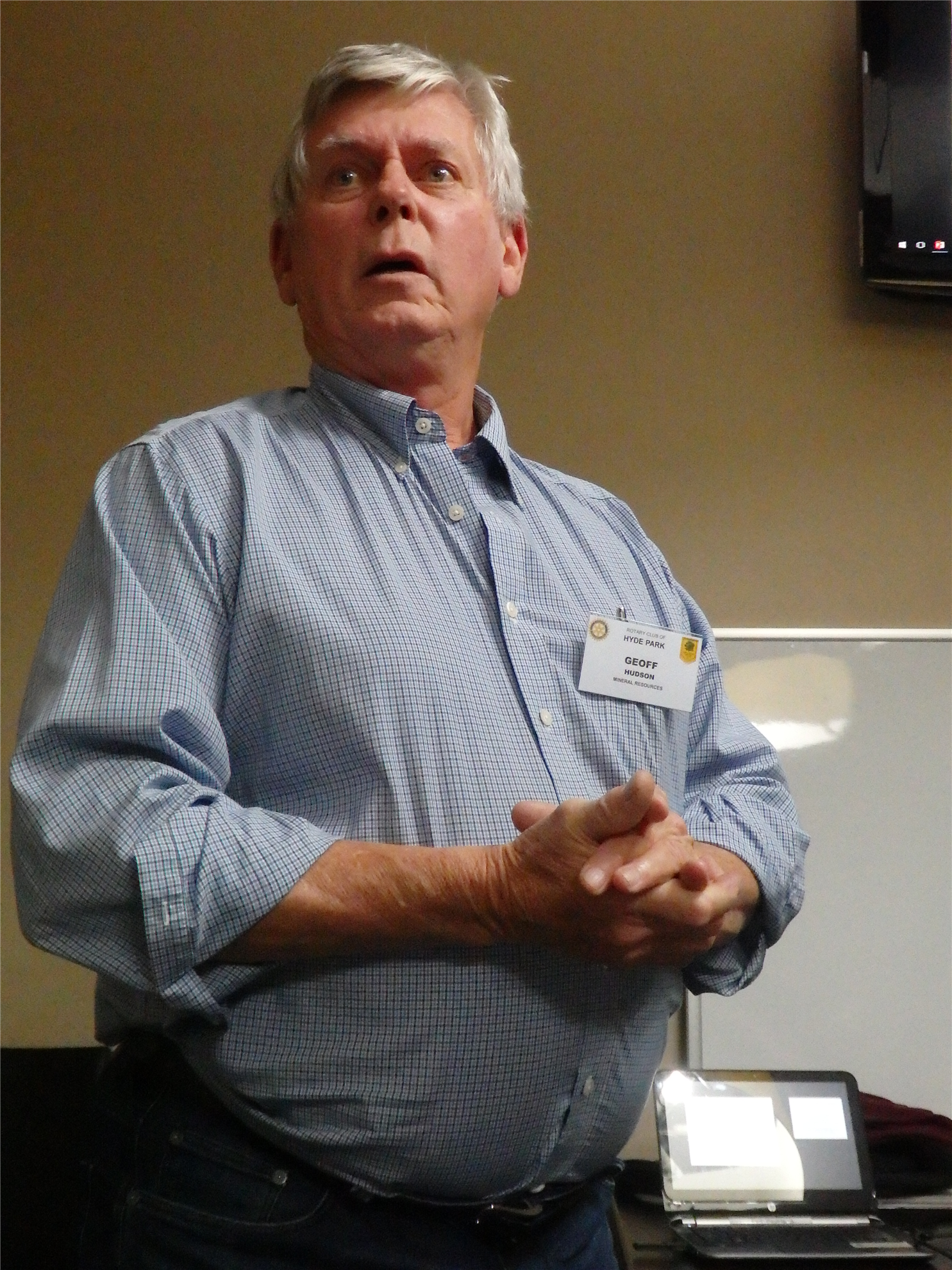The Discovery of the Olympic Dam Deposit
The Discovery of the Olympic Dam Deposit
 The discovery of the giant Olympic Dam Copper-Uranium-Gold Deposit by Western Mining Corporation (WMC) in mid 1975 resulted from the application of good geoscience backed by a supportive management and a measure of good luck. Geoff Hudson (pictured) came to Adelaide from Kalgoorlie in 1977 to head up the exploration team and was with the project through the joint venture process, after which he managed the Stuart Shelf Joint Venture for a number of years.
The discovery of the giant Olympic Dam Copper-Uranium-Gold Deposit by Western Mining Corporation (WMC) in mid 1975 resulted from the application of good geoscience backed by a supportive management and a measure of good luck. Geoff Hudson (pictured) came to Adelaide from Kalgoorlie in 1977 to head up the exploration team and was with the project through the joint venture process, after which he managed the Stuart Shelf Joint Venture for a number of years.WMC had been exploring for sediment-hosted copper deposits in Western Australia with little success and the focus moved to South Australia which has a long history of copper mining at Moonta and Burra. Model-based exploration draws together the characteristics of the deposit type being sought and the Stuart Shelf region met many of the those associated with sediment-hosted copper deposits such as the famous Zambian Copper Belt. As the prospective area is covered by unrelated sedimentary rocks, magnetic and gravity surveys provided the only method of focussing the exploration interest.
Two diamond drill holes were scheduled to determine the thickness of the sedimentary cover and the nature of the underlying prospective rocks. RD1 was drilled near Olympic Dam, so named because it was constructed during the Melbourne Olympic Games, and passed through 325m of barren cover before entering brecciated, hematite-rich rocks that appeared to be of little interest The drilling rig moved 22km to the SW to drill ACD1 at Appendicitis Dam, now called the Acropolis prospect.
The drill core from RD1 was routinely sampled and returned assays of 35m at 1% copper. Not economic at that depth, but very encouraging. In the following 2 years 8 more drill hoes were completed that contained minor copper, but then RD10 demonstrated the true potential of the area with an intersection of 145m at 2.2% copper together with uranium and gold. The geology was baffling and did not fit any known ore deposit model.
It was clear that the evaluation and development of the area would require very significant resources and expressions of interest were sought from petroleum companies who at that time had an interest in minerals development. Evaluation teams of highly experienced geoscientists and engineers from the USA and the UK visited to examine the drill core, visit the site and discuss the geology/geophysics. BP was successful and two Joint Ventures were entered into, one covering the Olympic Dam area, and the other the surrounding area of WMC exploration licences, called the Stuart Shelf JV.
Drilling proceeded at a rapid rate at Olympic Dam and the Whennan Shaft, named after the driller of RD1, was commenced in 1982. The deposit has fulfilled the early expectations and is now the third largest copper deposit and the largest uranium deposit in the world. It rates alongside the giant ore deposits of the world such as Broken Hill and Kalgoorlie and has an expected life of at least 100 years.
Click HERE for the latest information on the mine which was presented by Kathy Ehrig, Principal Geometallurgist, BHP Billiton at an AusIMM Technical Meeting in Adelaide in February this year.
So what of the discovery? The exploration model used did not find the deposit type being sought, but provided the incentive for the evaluation of magnetic and gravity anomalies that led to the discovery of a new type of ore deposit that has now been recognised else where in South Australia and around the world.

